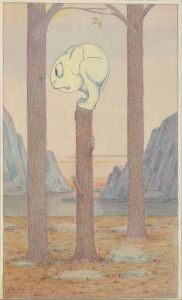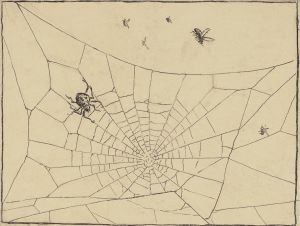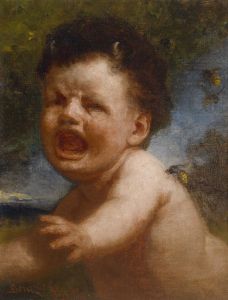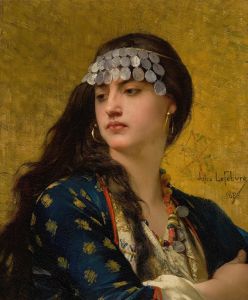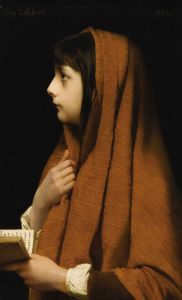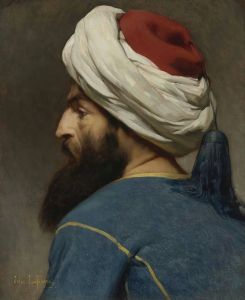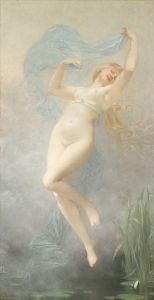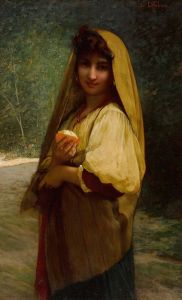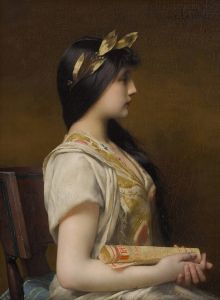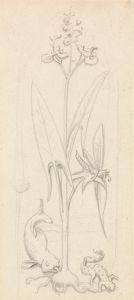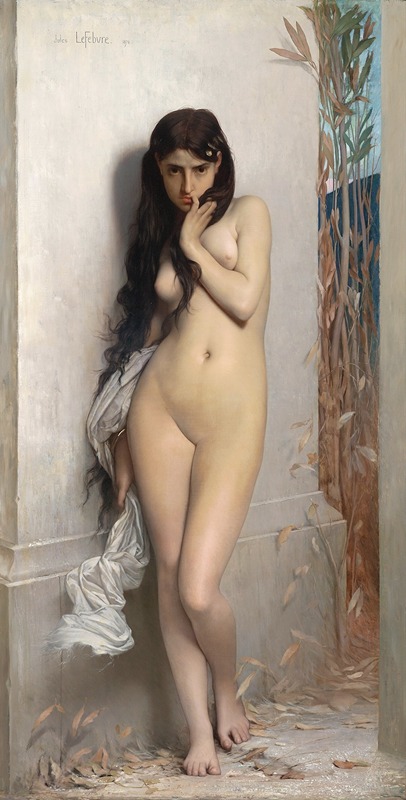
The grasshopper
A hand-painted replica of Jules Joseph Lefebvre’s masterpiece The grasshopper, meticulously crafted by professional artists to capture the true essence of the original. Each piece is created with museum-quality canvas and rare mineral pigments, carefully painted by experienced artists with delicate brushstrokes and rich, layered colors to perfectly recreate the texture of the original artwork. Unlike machine-printed reproductions, this hand-painted version brings the painting to life, infused with the artist’s emotions and skill in every stroke. Whether for personal collection or home decoration, it instantly elevates the artistic atmosphere of any space.
Jules Joseph Lefebvre's painting The Grasshopper (French: La Cigale) is a notable work by the French academic painter, created in 1872. Lefebvre, a prominent figure in 19th-century academic art, was known for his mastery of the human form and his focus on idealized beauty. This painting is one of his celebrated works, demonstrating his technical skill and his ability to convey emotion through composition and subject matter.
The painting depicts a young woman seated on a rock, playing a stringed instrument, often interpreted as a lyre. She is dressed in a loose, flowing garment that reveals much of her figure, a hallmark of Lefebvre's style, which often emphasized the beauty of the human body. The setting is outdoors, with a naturalistic background that complements the figure's pose and expression. The title, The Grasshopper, is a reference to Jean de La Fontaine's fable The Grasshopper and the Ant (La Cigale et la Fourmi), in which the grasshopper represents a carefree, artistic spirit who sings and plays during the summer but faces hardship in the winter due to a lack of preparation. Lefebvre's painting captures the essence of this character, portraying her as both carefree and contemplative.
The Grasshopper was exhibited at the Paris Salon in 1872, where it received significant attention. The Salon was the official art exhibition of the Académie des Beaux-Arts in Paris and was a crucial platform for artists of the time. Lefebvre's work was well-received, and he earned acclaim for his technical precision and the emotional depth of his subjects. The painting exemplifies the academic art tradition, which emphasized classical techniques, idealized forms, and often drew inspiration from literature, mythology, and history.
Today, The Grasshopper is recognized as an important example of Lefebvre's oeuvre and 19th-century academic painting. The work reflects the cultural and artistic values of its time, particularly the emphasis on allegory and the human figure. Jules Joseph Lefebvre's contributions to art, including this painting, continue to be studied and appreciated for their technical brilliance and their place within the broader context of art history.





